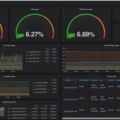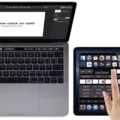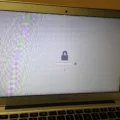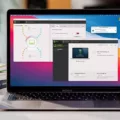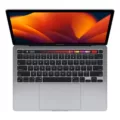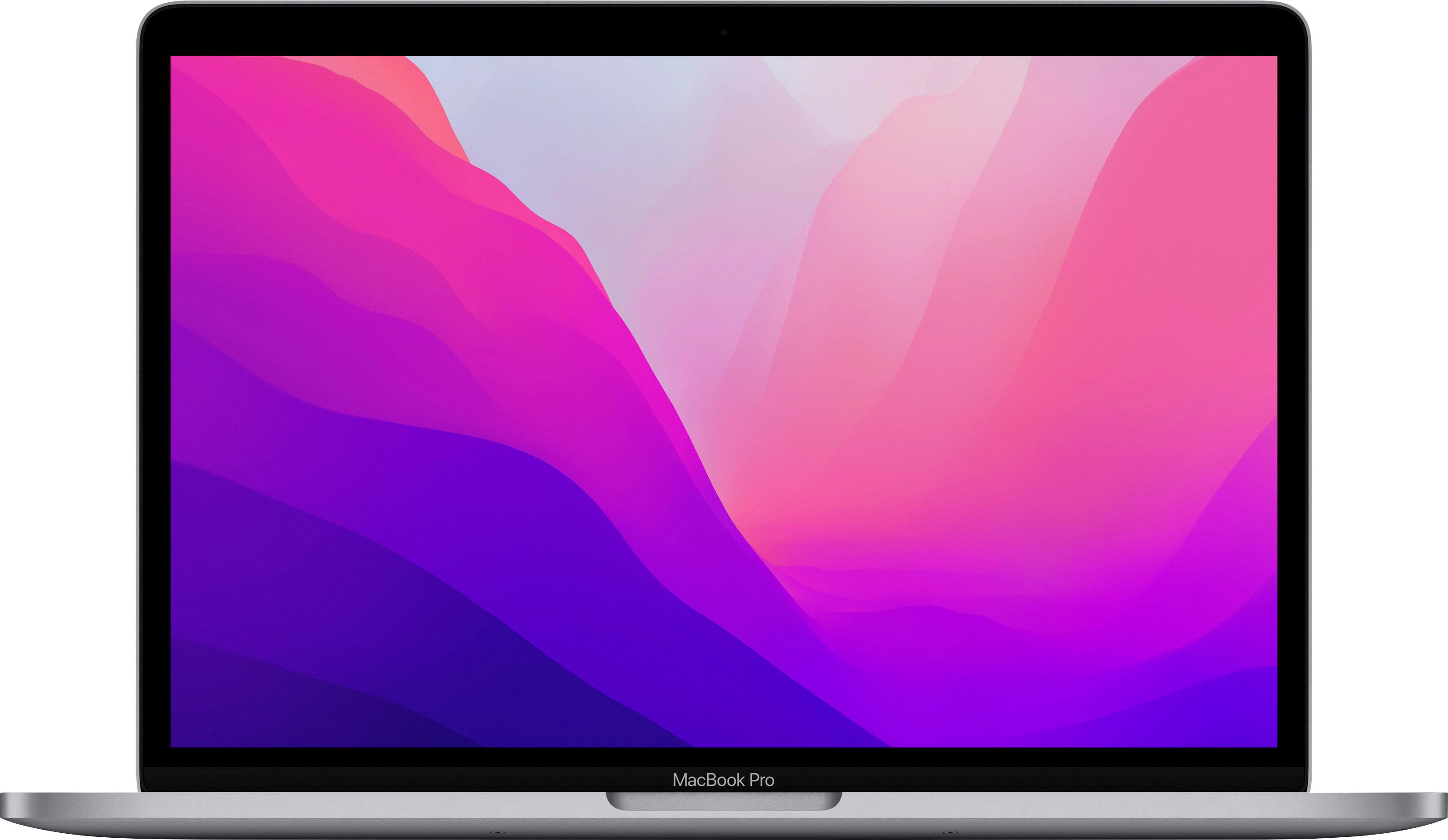Are you curious about how much RAM your Macbook is using? It’s important to know, because RAM can slow down your computer if it’s running low or if thee are too many applications open at once. In this blog post, we’ll show you how to check the RAM usage on your Macbook so that you can be sure that everything is running optimally.
First, you’ll need to open the “About This Mac” window. To do this, simply click on the Apple icon in the top left corner of your Macbook screen and select “About This Mac” from the drop-down menu. Once the window opens, you should be able to see information about your processor speed, memory, and graphics card.
Next, you can use the Activity Monitor to check how much of your computer’s RAM is being used up. To open this window, go to “Applications > Utilities > Activity Monitor” or type “Activity Monitor” into Spotlight search. When the window appears, click on the Memory tab at the top of the page – here you will be able to view a graph whch shows how much RAM is being used up in real time.
If you want more detailed information abot your RAM usage, then you can download third-party tools such as iStat Menus or Memory Cleaner X. These apps will provide more specific metrics and allow you to customize how they display data so that it meets your needs better.
Finally, if your Macbook is using a lot of RAM then there are several ways that you can free up space and improve performance. Try restarting your Macbook as this will clear out any unnecessary files that might have been taking up memory space without you knowing. You can also tidy up your desktop by deleting unused apps and files or disabling login items that automatically start when you turn on your computer – these usually take up a lot of memory without poviding any benefit!
We hope this blog post has helped answer any questions abut checking RAM usage on a Macbook! With just a few simple steps outlined above, now you know exactly how much memory is being used by different programs and processes so that you can make sure everything is running smoothly.
Checking RAM and CPU on Mac
To check the RAM and CPU on your Mac, you need to open the “About This Mac” window. To do this, click the Apple icon in the top left corner of your screen, then select “About This Mac” from the drop-down menu.
This will open a window that displays information about your Mac such as processor speed, memory size, and graphics card details. You can find details about your RAM and CPU uder the System Report section in the Overview tab. This will show you how much RAM and how many cores your processor has. It will also tell you what type of RAM is installed in your machine.
You can also view more detailed information about your hardware by clicking on each entry in the System Report list for more information about each component.
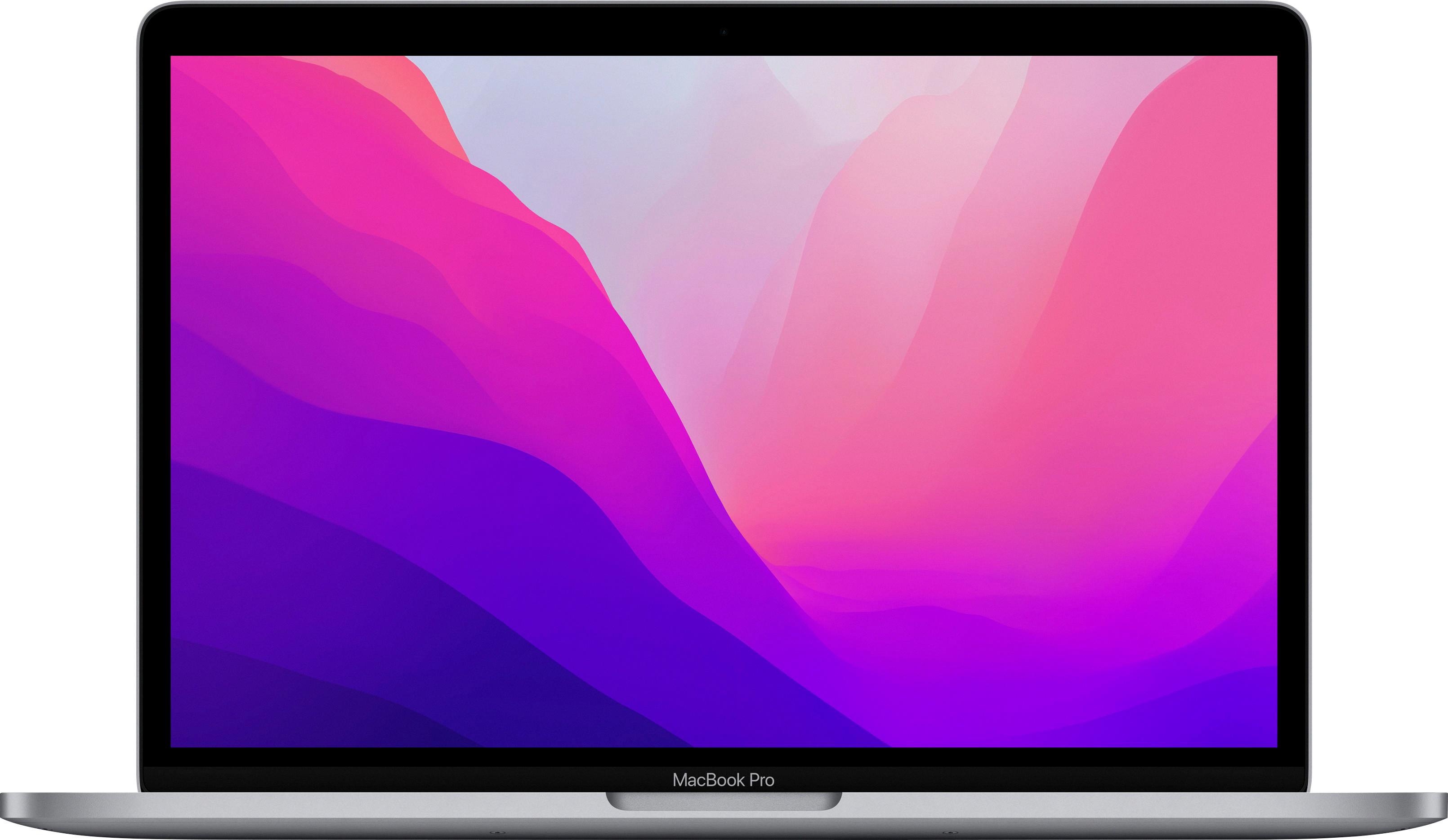
Source: bestbuy.com
Managing RAM Usage on Mac
Managing RAM usage on your Mac is an important part of keeping your computer running smoothly. To help manage RAM usage, there are a few steps you can take:
1. Restart Your Mac – The easiest way to free up RAM is to restart your computer. This will clear any memory that was in use and allw new memory to be allocated.
2. Use Terminal – If you’re comfortable uing the command line, you can run the purge command in Terminal to free up RAM.
3. Use Third-Party Tools – There are a number of third-party tools available that can help you monitor and manage RAM usage on your Mac.
4. Tidy Up Your Desktop – Having too many icons on your desktop can cause your computer to slow down, so make sure to keep it clean and organized with only the most necessary items visible at all times.
5. Disable Login Items – Login items are applications that automatically launch when you log into your account, so if thre are any unnecessary ones, it’s best to disable them in System Preferences > Users & Groups > Login Items in order to save memory space.
6. Keep Fewer Finder Windows Open – Keeping too many Finder windows open at once can lead to increased memory consumption, so close any unnecessary windows as soon as possible.
7. Close Unused Browser Tabs – If you’re a heavy browser user, make sure to close tabs that you aren’t actively usng in order to free up RAM space.
8. Remove Unused Browser Extensions – Browser extensions also take up memory space when active, so if there are any extensions that aren’t being used anymore, be sure to remove them from the browser settings menu or uninstall them completely if possible.
Understanding RAM Usage
To view your computer’s RAM usage, open the Task Manager by pressing Ctrl + Shift + Esc. Once the Task Manager window appears, click on the Memory tab at the top-left of the window. You can then view how much of your computer’s memory is bing used in a graph or by looking at the number under the “In use (Compressed)” heading. If you’re running many programs at once, you may want to close some of them to reduce your RAM usage and improve performance.
Cleaning Up RAM on a Mac
Cleaning up RAM on your Mac can be done in a few simple steps. Firstly, it’s important to identify the apps and processes that are using the most RAM. You can do this by opening the Activity Monitor app and gong to the Memory tab. Here you will be able to see a list of all apps and processes that are currently open, as well as how much RAM they are using.
Once you have identified which programs are consuming the most RAM, you can start closing them one at a time until your RAM usage is lowered. You can also look for specific updates for those programs which may help reduce their RAM usage.
In addition, you should also clean up your desktop by deleting any unnecessary files or folders which may be taking up memory space. Additionally, regularly restarting your Mac can help free up RAM as well. Finally, you may want to consider usng a third-party Mac memory cleaner such as CleanMyMac X which will run a scan of your system and help identify any potential memory issues that need addressing.
Monitoring Mac Performance
Monitoring your Mac performance is easy and can be done using the Activity Monitor built into your Mac. To access the Activity Monitor, open Finder, select Applications, and then select Utilities. Once you open the Activity Monitor, you will be presented with an overview of all of your Mac’s system performance. This includes details on processor utilization, RAM usage, disk activity, and network traffic.
The main window of the Activity Monitor displays a list of processes running on your Mac along with their CPU and Memory usage. You can sort processes by clicking the column headers at the top of the window or use the search bar to narrow down a list of processes if needed. You can also see detailed information about any process by double-clicking it in the list or selecting it and clicking Inspect from the File menu.
The other tabs located at the top of the Activity Monitor window provide additional information about your Mac’s performance including disk activity (Disk), RAM usage (Memory), processor utilization (CPU) and network traffic (Network). By monitoring these areas regularly you will be able to identify any potential issues that may be affecting your system performance such as low available memory or high processor utilization due to an application running in the background.
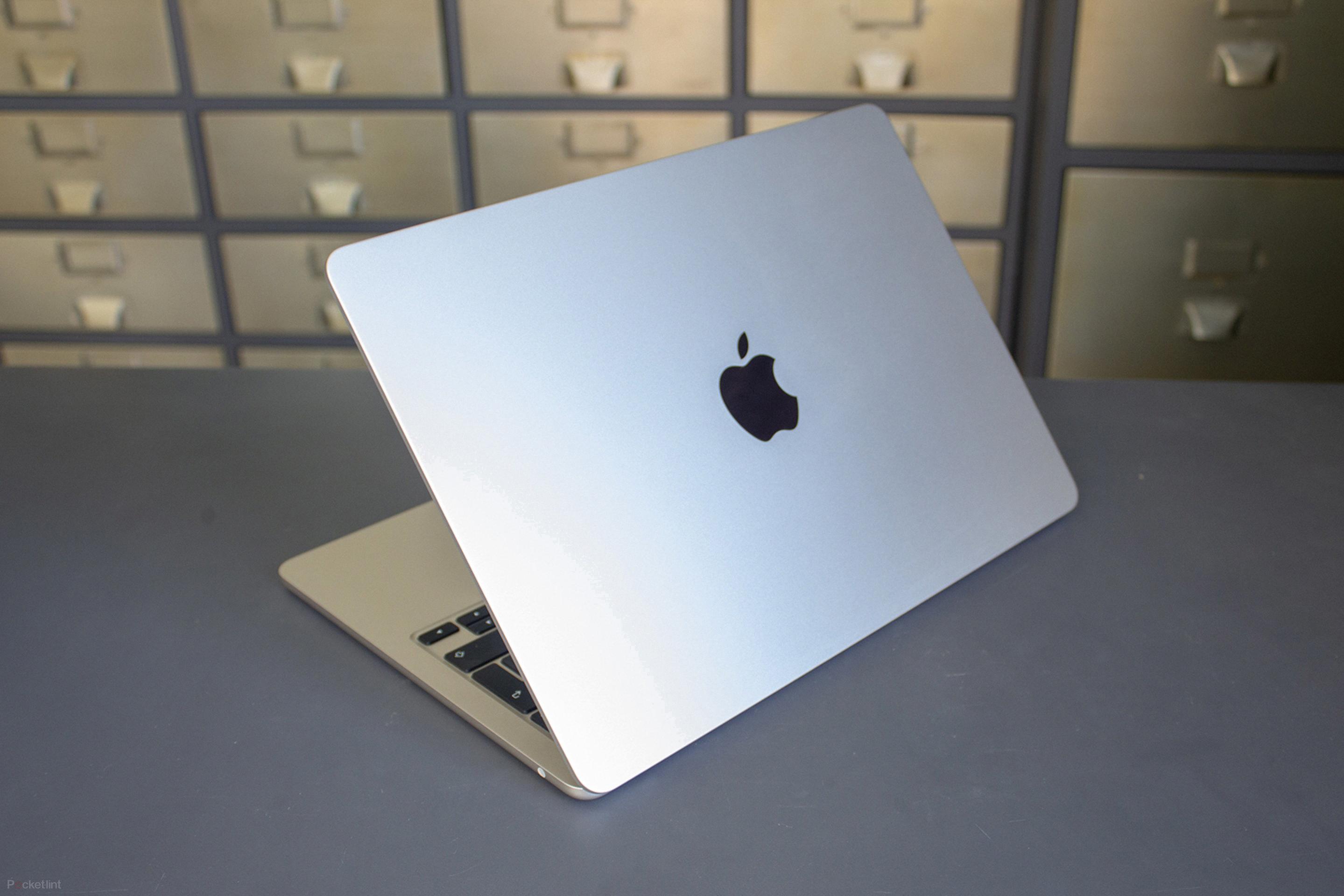
Source: pocket-lint.com
Understanding High RAM Usage on Mac Computers
Your Mac uses RAM to store data and instructions that are frequently used by the operating system and applications. If you notice that your RAM usage is maxing out, it could be because of a few different things. First, you may have an application or process that is taking up too much RAM. You can check Activity Monitor to see which application is using the most RAM. Second, you may need more RAM than your Mac currently has. Consider upgrading your memory if you’re running many intensive applications or programs at once. Finally, some background processes may be running in the background without you knowing abot them. Check for any rogue processes in Activity Monitor and disable them if necessary.
Checking Resource Usage on Mac
To check the resource usage on Mac, you can use the Activity Monitor app. To view processor activity over time, click CPU (or use the Touch Bar). You can also view current processor activity by choosing Window > CPU Usage or recent processor activity by choosing Window > CPU History. You can also view memory usage and other system resources like disk activity, network usage, and energy impact. To do this, just choose Window > Memory Usage, Disk Activity, Network Usage, or Energy Impact respectively. For an overal overview of resource usage on your Mac, click the Overview tab at the top of the Activity Monitor window.
Testing RAM Performance
Testing your RAM performance is an important step in diagnosing and resolving computer problems. To start, you can use the Windows Memory Diagnostic tool, wich is included with Windows. To launch the tool, open the Start menu and type “Windows Memory Diagnostic” into the search box. Press Enter to open the tool. You can also press Windows Key+R, type “mdsched.exe” into the Run dialog that appears, and press Enter. Once you launch the tool, you’ll need to reboot your computer to begin testing your RAM performance. The test will check for errors in your RAM modules and provide a report of any issues that it finds. If no errors are found, then you can be confident that your RAM is operating correctly.
Emptying RAM
To empty your RAM, you can restart your device. This will clear out any temporary files and programs that are stored in the RAM memory. You may also try usng a different web browser, clearing the RAM cache, updating software to the latest versions, deleting unused extensions, or monitoring RAM usage with Task Manager. All of these steps can help to free up RAM memory and improve your device performance.
Conclusion
In summary, checking Macbook RAM usage is a vital step in ensuring that your Macbook is running optimally. By keeping an eye on your RAM usage, you can identify any problems before they bcome too severe and take steps to free up memory if necessary. Restarting your Macbook is the simplest way to free up RAM and can help increase your system’s performance. If restarting does not have the desired effect, then using Terminal, third-party tools, or a Mac memory cleaner may be able to help you further. Keeping Finder windows closed and tidying up your desktop can also help to improve memory usage. Ultimately, checking RAM usage regularly will ensure that your Macbook runs smoothly and efficiently.


